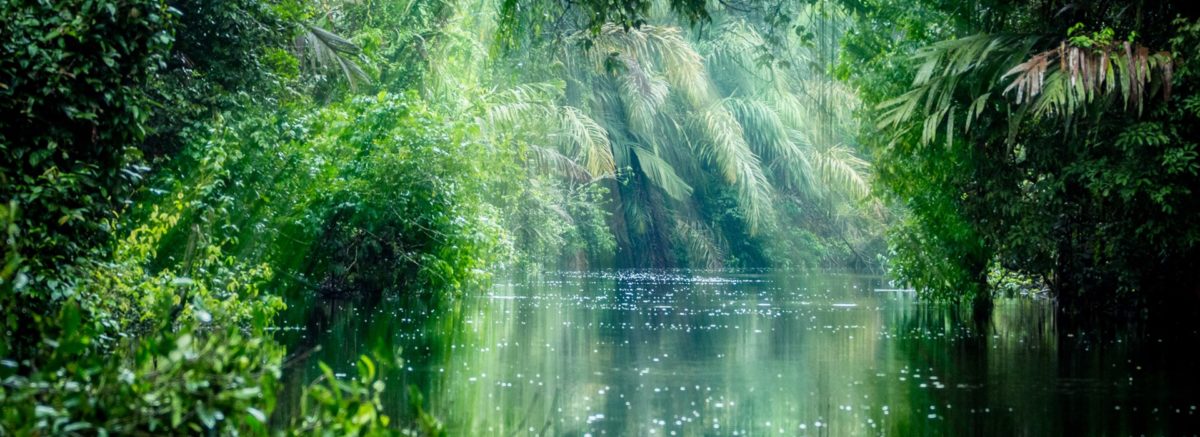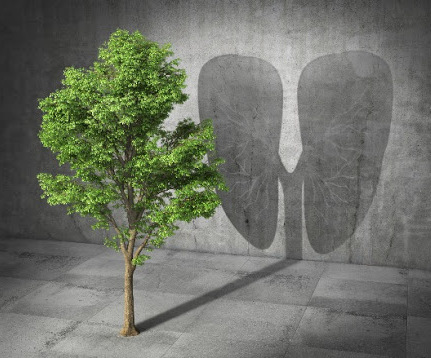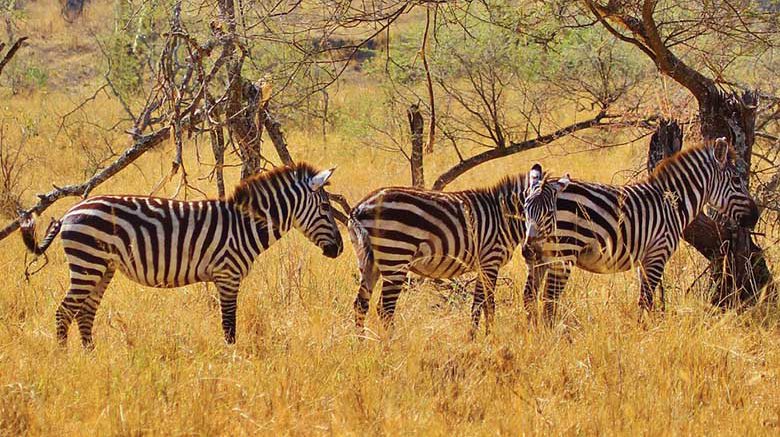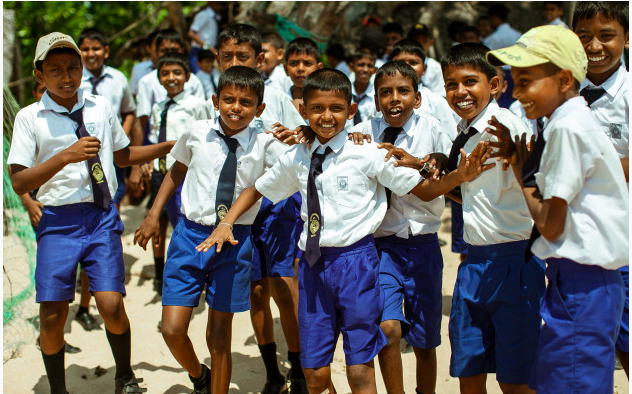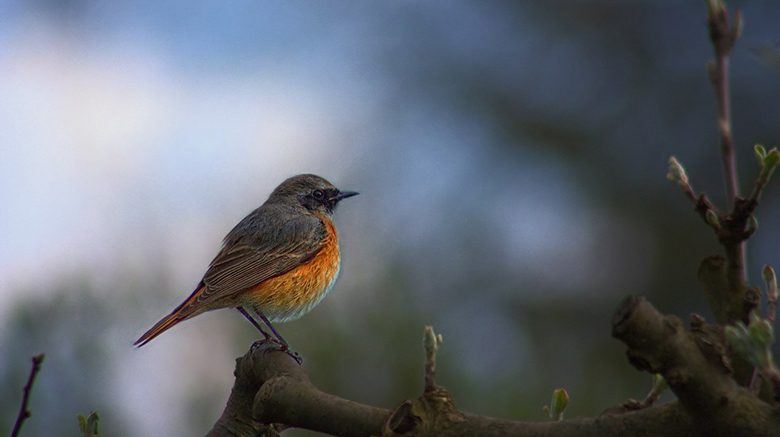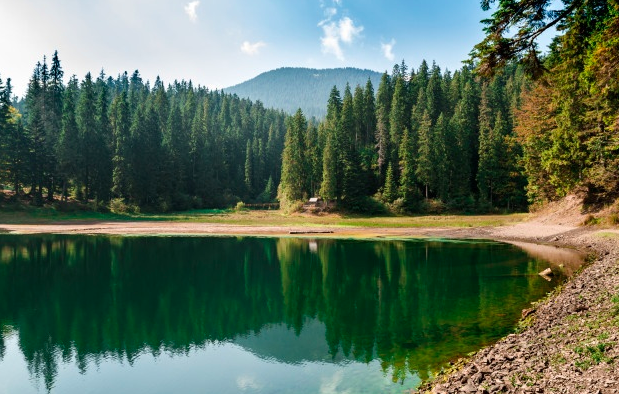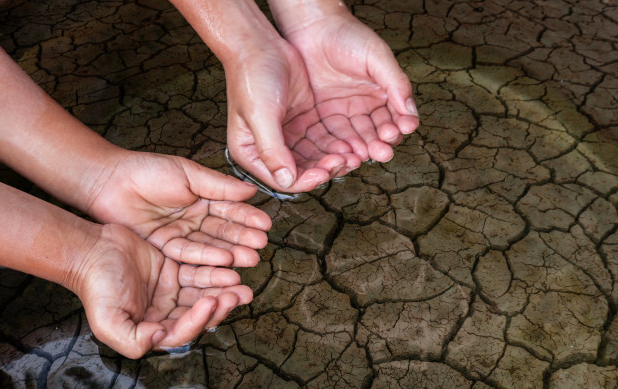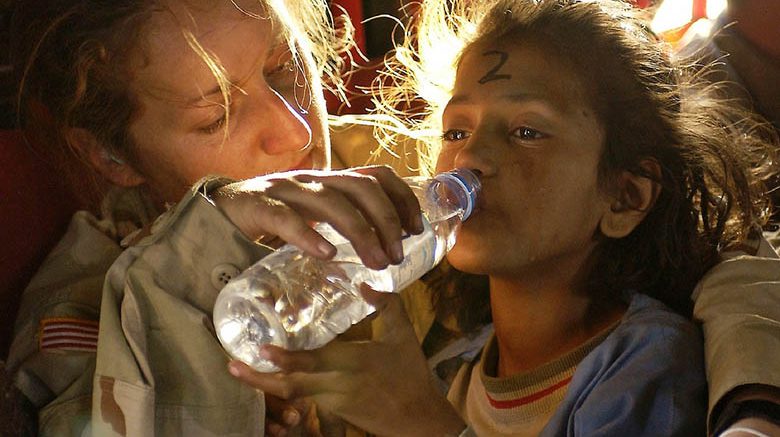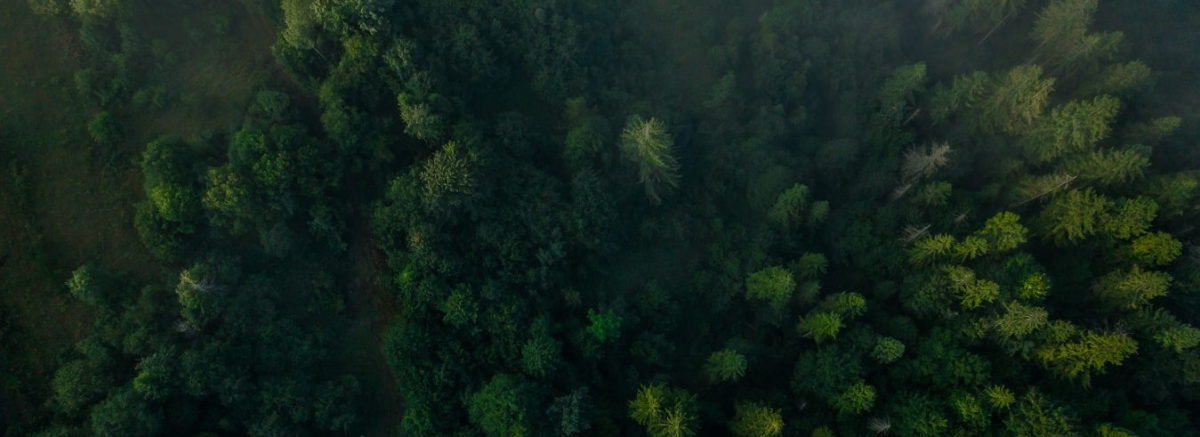The rainforest is one of the most essential and oldest living ecosystem surviving for about seventy million years. Maximum rainfall in the region is the main feature of a rainforest. They are present in every continent except Antarctica. Tropical rainforests are located between Tropic of Cancer and Tropic of Capricorn, temperate rainforests lie around coastal mountainous areas. There are various …
Amazing Rainforest
